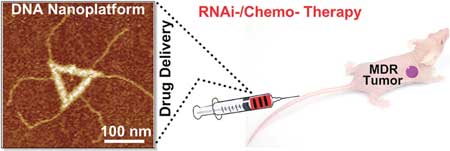
Wednesday, November 21, 2018
DNA Origami full of potent anticancer agents
Scientists develop enzymes with remote control

Alginate-graphene oxide hydrogels as smart biomedical materials
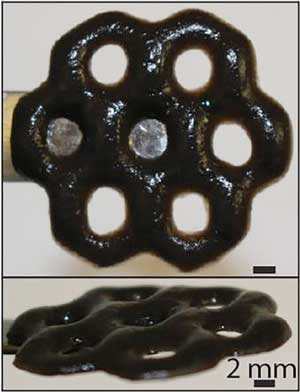
Physicists study the influence of magnetic field inhomogeneity on the properties of thin-film structures
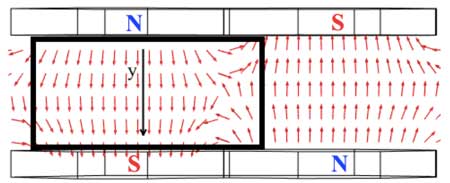
2D-spectroscopy provides new insight into molecular processes
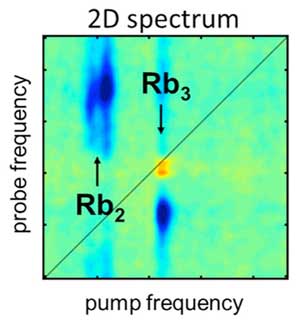
Atom-by-atom construction of an artificial molecule
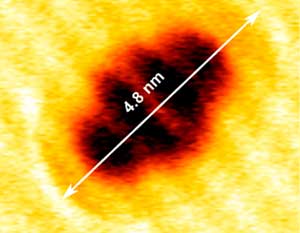
Porous materials measure temperature at molecular level
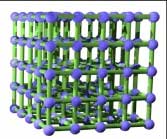
Silk adhesive paves the way for epidermal electronics
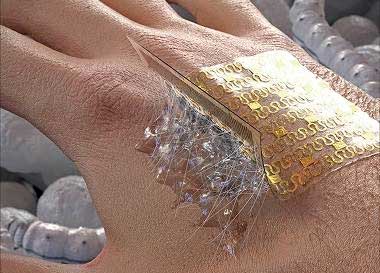
Nanopore detection of single flu viruses to control outbreaks

Subscribe to:
Comments (Atom)
